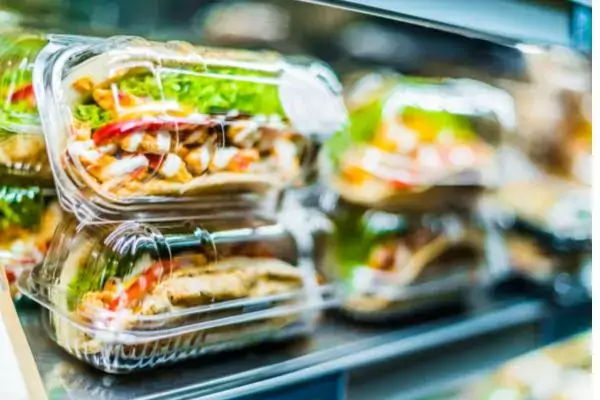The Humane Society: "What Your Egg Label Really Means"
If you keep up with food industry news, you know that there has been an enormous push toward cage-free eggs in the past year.
About 95% of America’s shell eggs come from caged chickens, according to estimates from the Humane Society of the United States. On average each cage-laying hen is afforded only 67 square inches of cage space. To put it in perspective, imagine being forced to live your life on a single sheet of letter-sized paper.
Unlike their caged counterparts, cage-free hens are able to walk, spread their wings, and lay eggs in nests, rather than crawling under their cagemates for cover. Cage-free doesn’t necessarily mean cruelty-free, but it’s a step in the right direction towards improving animal welfare. This industry-wide change has been years in the making. California led the way in 2008 when voters approved Proposition 2, a ballot measure that set a Jan. 1, 2015 deadline for allowing egg-laying hens raised in-state to be able to stand up, lie down, turn around, and fully extend their wings. Cage-Free California notes that many producers are still not in compliance with the law, but the pressure is on as major companies start to make the transition.
Rembrandt, the third-largest egg producer in the country, made headlines in October when it announced that “cage-free egg production will become the company’s standard.” For a company with more than 10 million hens, this change will take years to be fully implemented.
Prior to Rembrandt’s announcement, the nation’s three largest foodservice companies—Aramark, Compass Group, and Sodexo—pledged to go cage-free within the next five years. More retailers have now committed to going cage-free within the next decade.
Here’s a list of some major brands that plan to go cage-less in the coming years:
Taco Bell – 2017
Shake Shack – 2017
Nestle – 2020
Panera Bread – 2020
Starbucks – 2020
McDonald’s – 2025
General Mills – 2025
Kellogg’s – 2025
White Castle – 2025
Jack in the Box – 2025
Burger King/Tim Hortons – 2025
Why It Takes So Long
There is a cost passed down to the consumer when supply chains decide to go cage-less. California consumers pay about $2.00 more per dozen than Midwest prices. However, that hasn’t deterred the nationwide movement.
Demand for cage-free eggs is now exceeding supply, hence the leeway given to transitions. You may look at the list above and think, “Well if Taco Bell can make the change by 2017, why can’t McDonald’s do it in less than five years?” Keep in mind that a company like McDonald’s uses 2 billion eggs per year, while Taco Bell uses just a fraction (an estimated 130 million eggs).
“These commitments from players like McDonald’s or Nestlé are really more about signaling to the egg industry that it’s time to retrofit all the barns and switch over production to cage-free eggs,” David Coman-Hidy, executive director at the animal welfare nonprofit The Humane League, told The Huffington Post. “That time has come.”
Coman-Hidy expects to see major changes in the food industry in the next year or two. He also predicts that the cage-free movement will begin to lobby supermarket chains. This movement may also extend to wholesale clubs. In fact, BJ’s Wholesale Club just announced it plans to source 100% cage-free eggs by 2022.
Compliance Auditing is Simple
Cage-free compliance is measurable and as Coman-Hidy points out it’s “easy to confirm without a really strenuous auditing process.” The birds are either uncaged or not. They’re either free to walk and spread their wings, or they’re not. They’re either engaging in their natural behaviors, including egg-laying, or not.
The technological tools exist for simple and seamless auditing of supply chains. Let’s hope more companies choose to use them for transparency during this industry-wide transition.
Subscribe to our blog
You are now subscribed!


